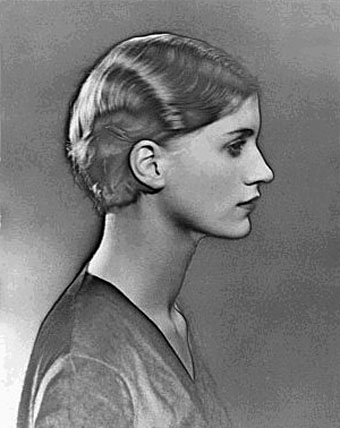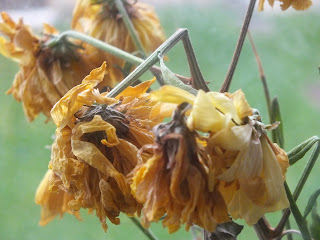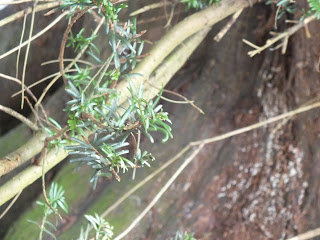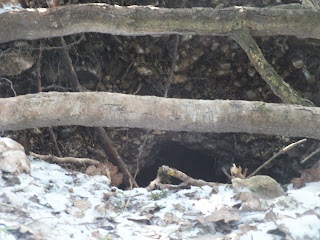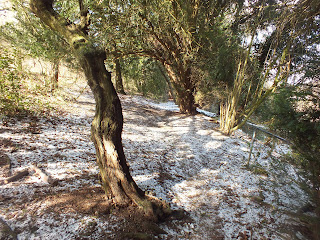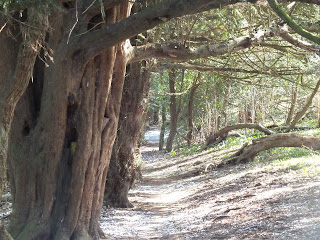Exam Evaluation
In total completing my collage took me a full 8 hours. In order to create this effect I first had to edit all the photos on photoshop, giving each photograph a little touch up, adjusting the curves, brightness and contrast, hue and saturation, photo filter, colour vibrancy and more. I then printed each one off and measured 1/2 cm strips before proceeding to cut them out and stick them together. I had come across several limitations and several dilemmas during this exam which prevented me from accomplishing what it was I originally wanted in this exam.
The screen shots pasted throughout the blog post show the progress I went through on photoshop in order to change them to black and white. I screen shot all the pictures whilst keeping th history showing, to show what changes I made to each photo.
Another dilemma that arose during the exam was timing. I underestimated how long cutting and pasting each photo onto a piece of mounting card. My original idea was to produce 6 outcomes all together, however due to the fact I hadn't experimented with my idea before hand, producing my outcome took longer than I had first anticipated.
Problem number 3: undeveloped film. I had taken film shots of construction sites along with digital. However due to time and poor development my film came out undeveloped and in the end was unused.
All these photos I used in these exams and these are the final outcomes before they were cut into strips and stuck together. My main inspiration was Lewis Hartfull, who had influenced me to create a collage, although I wasnt particularly fond of collage I found that in all my photos as they were on their own didnt reflect the covert and obscured theme, and that I would have to take drastic measures in order to have my photos reflect the theme properly.
I had also chosen in the end to do collage as I had always shied away from this method, I didn't particularly like producing collages, however when looking at his work it influenced me enough to try and recreate his idea with my own photos and my own twist and take to this.
In all, although coming across many obstacles throughout this exam, finding it quite tricky to create the collage and mount the work, I enjoyed the prep work and was quite pleased with my final outcome. Although producing only half of what my intended goal was, I believe I still have a strong outcome, which to my pleasure is what I wanted.




































